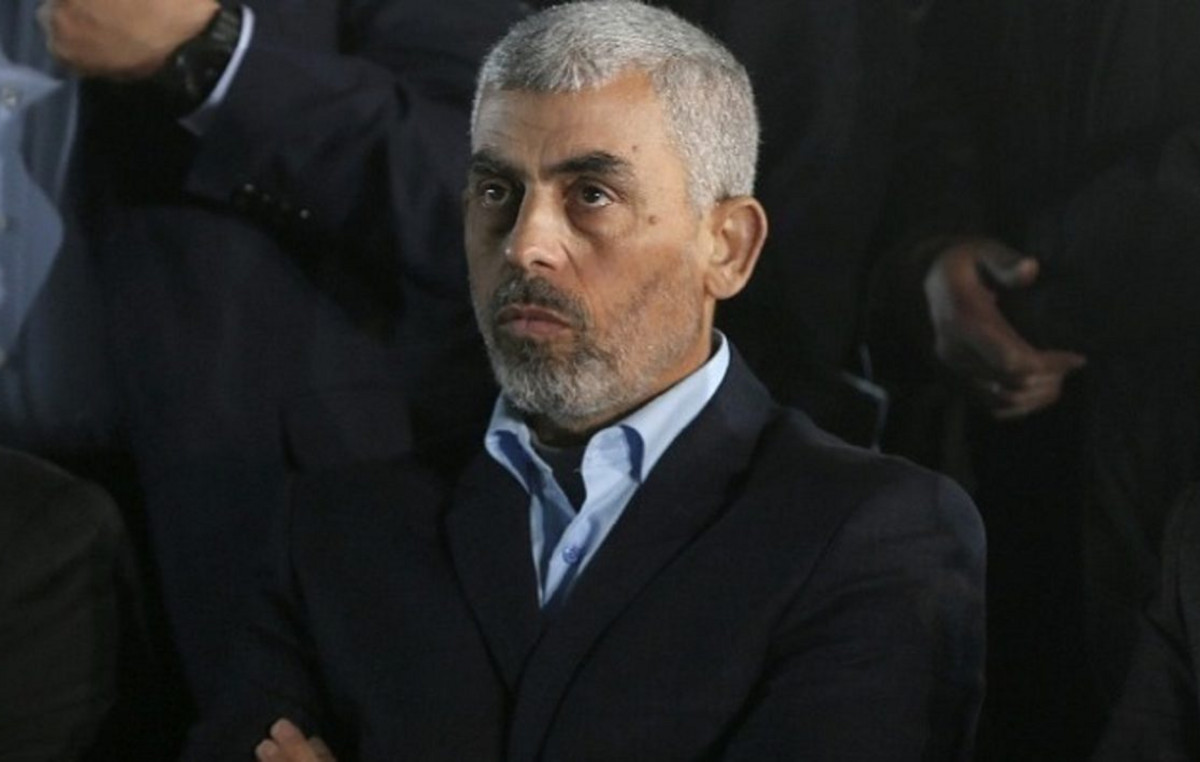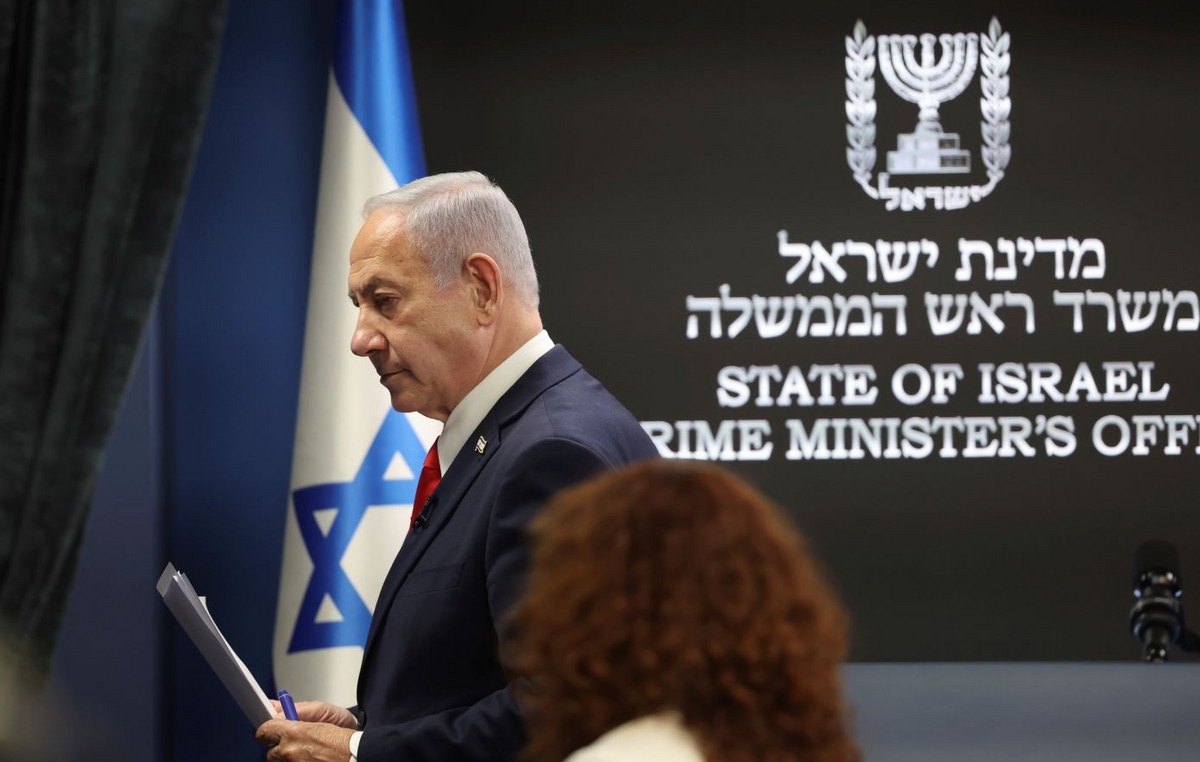After being closed for nine years and celebrating the bicentennial of Brazil’s Independence, the Museu Paulista, better known as the Ipiranga Museum, in São Paulo, will reopen to the public on Thursday (8). In addition to being restored, modernized and accessible, it also bets on plurality and a critical discussion of the works.
To address controversial issues, the museum’s curatorship will use multimedia resources to propose new views on the exhibited objects. The expectation is that the place will receive triple the number of people who used to look for it, reaching 900,000 visitors a year.
Monuments that honor controversial figures and situations, such as statues of pioneers, will be seen as historical documents, that is, works that informed or reflected on a way of thinking at the time.
Now, new views will be added to these objects. “The counterpoint will be other views of society on the subject. Every exhibition will have a counterpoint screen and an issue we are discussing is to open public notices so that people can sign up to create counterpoints for the exhibition. We want other voices of society within the university and within the university museum, not to be a single speech. We want a much more plural museum: this is what we are looking for at the Museu Paulista”, said Ana Paula Nascimento, a professor and curator at the museum.
visits
In its first week of operation, the museum will have special hours and will be open from 11 am to 4 pm. Visits need to be scheduled through the Sympla platform and, until November 6, admission will be free. The public visiting the museum will be faced with a much larger space: it now has twice the exhibition area and will have a restaurant and a viewpoint. The viewpoint, however, will not be available to visitors at this first moment: it still does not have a date to be released to the public.
Accessibility
In addition to physical accessibility, with the inclusion of elevators and access ramps, all exhibitions were designed to provide broader conditions for the public to explore the collection. For this, 333 multisensory resources will be available.
Throughout the museum, tactile screens, metal reproductions, dioramas [maquetes tridimensionais], tactile plants for locating visitors, audiovisual resources, olfactory devices, visual and tactile reproductions and notebooks in Braille, among others. All rooms will also have a tactile floor [superfície cuja rugosidade pode ser sentida pelos pés].
“It’s not just a physically accessible museum. It is cognitively accessible, with easy language”, said Vânia. “We want to promote the feel of the materials. Not everything is made with resin. We have multisensory resources in stone, in metal, in porcelain, in fabric”.
The idea, according to her, is that all people can visit the museum together, having the same opportunity to experience it. “We want people to be able to understand the museum space as a space for coexistence of diversity”, summarized Vânia.
More information about the museum can be found on the website. museumdoipiranga.org.br. Scheduling for a visit will be available from September 5 at 10:00 am.
*Posted by Daniel Reis
Source: CNN Brasil







